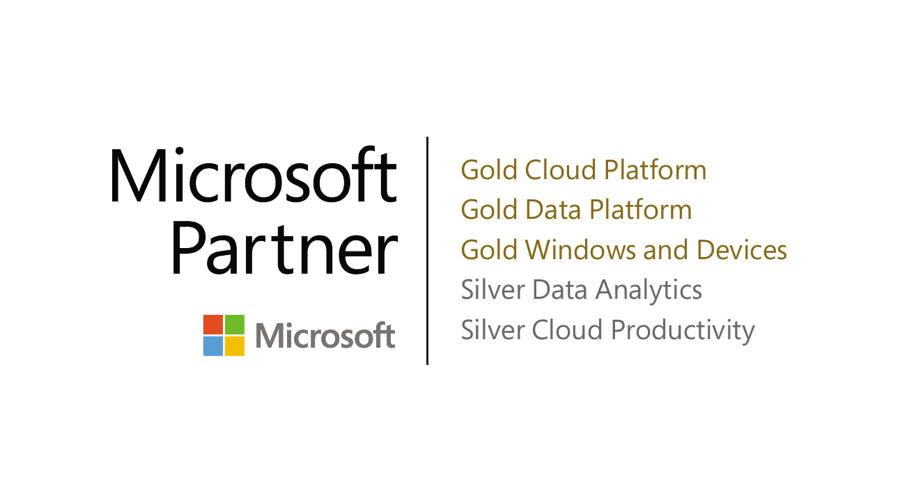Well yes. We do a lot of assessments here. They’re easy to price, we tell you what it costs and if it takes us too long that’s our fault. But people can jump in without being afraid that we’ll pull the covers back and find a massive rat’s nest that’s going to cost $30K to find out what the problem is. So we do a lot of assessments to specifically look for problems, it’s kind of a low-risk way for our clients to do that.
However, with that being said, you can. It comes down to how comfortable you are with your environment. If you know you’re not going to find a bunch of nightmare setups, then we can go ahead and do it. One thing we should talk about real quick, and this is a little bit off topic, if you have Windows 7 environments, you automatically receive 3 years of extended service updates when we run it on WVD. So, I know I talked about this being Windows 10, Windows 10 but WVD does work with Windows 7. Not only does it work with Windows 7 but it’s supported by Microsoft for 3 years beyond the date of Windows 7 support, so 2 years now. So it is a way to get your Windows 7 applications up and running, with support, without having to jump through a bunch of hoops or buy new licenses from Microsoft.
And with the 2008 system, we can move it, that Veeam to Azure and get that same 3 years. Yes, with WVD, it’s really just the desktop piece but it lives in Azure, right next to your stuff. So if we’re putting up 2008 R2 servers that are supported in Azure, in fact 2008 is the only way we can put a supported 32-bit Windows server in Azure, by using 2008. That is a neat little last “get out of jail” card for people who have 32-bit applications and haven’t modernized, and we can still get them in the cloud. It’s the only way to do it. You can’t pull down a fresh image of anything else that is supported in Azure. Everything else is 64-bit, except for that.

Recent Posts
- Thinking About Leaving GoDaddy? Discover How to Gain Full Control of Your Microsoft Tenant and Boost Security
- 5 Advanced Security Features of Azure Virtual Desktop for Enterprise Protection
- Top 10 Questions IT Leaders Ask About Azure Virtual Desktop (AVD)
- How Azure Virtual Desktop Simplifies Remote and Hybrid Work for IT Leaders
- Azure Virtual Desktop vs. Windows 365: Which Cloud Desktop Solution is Right for Your Business?
